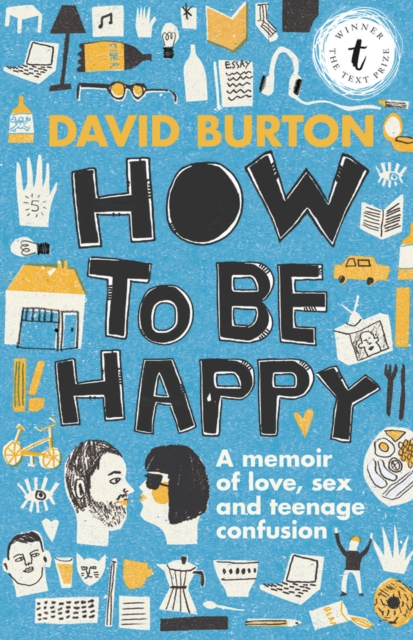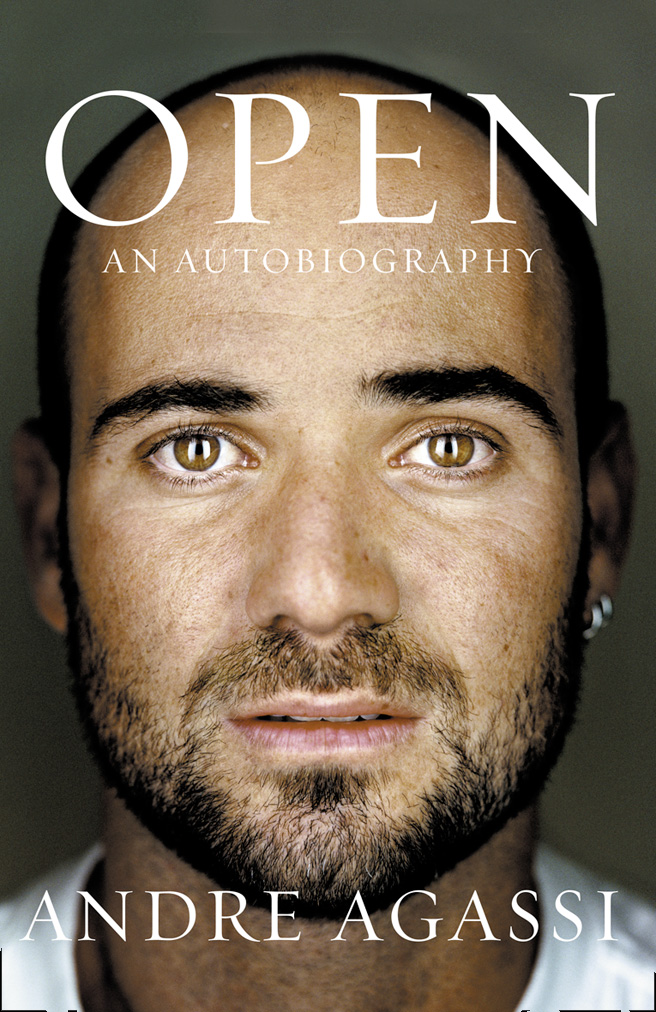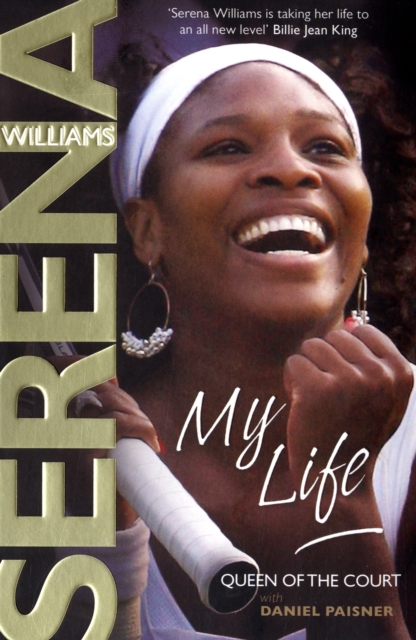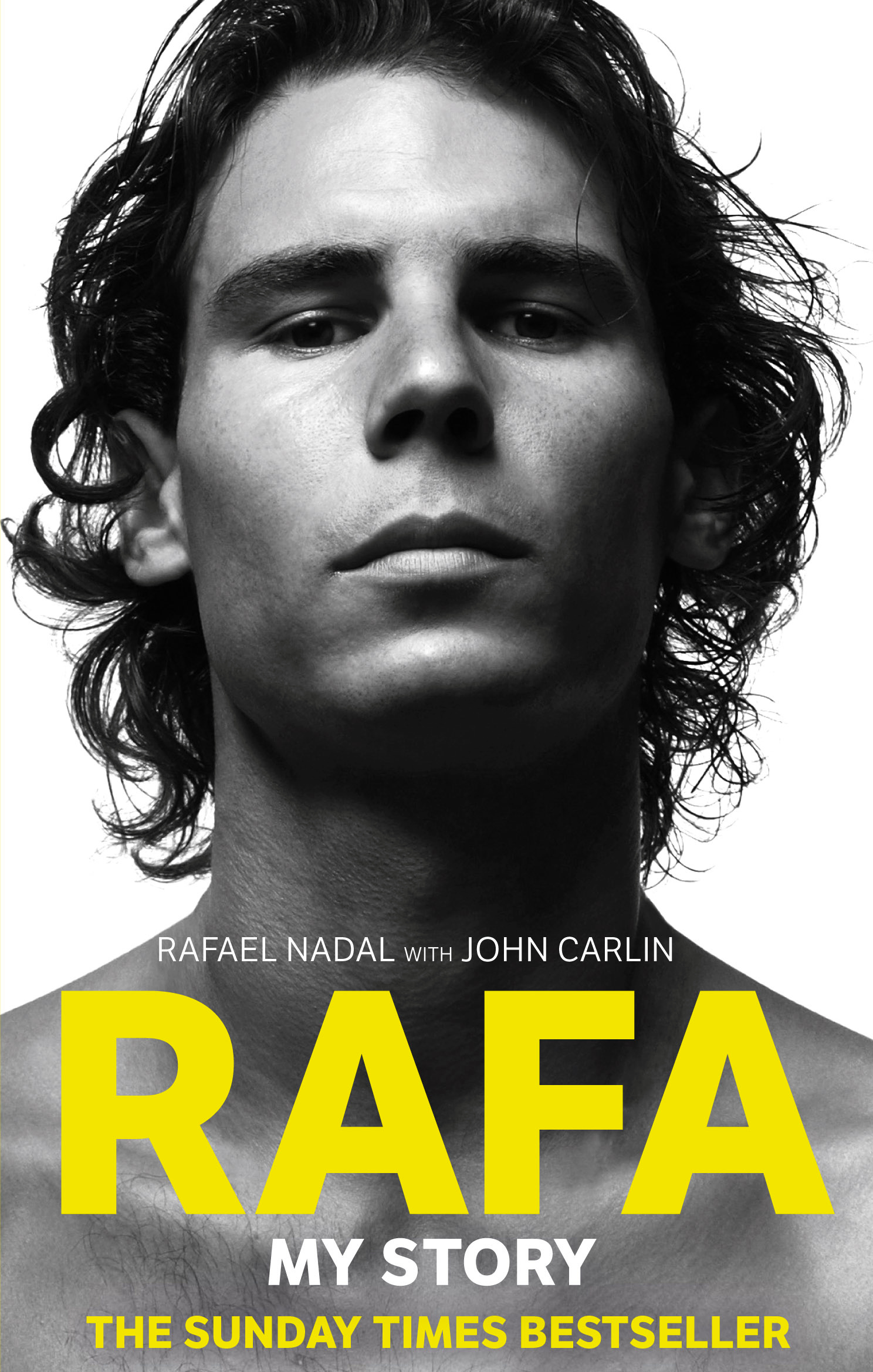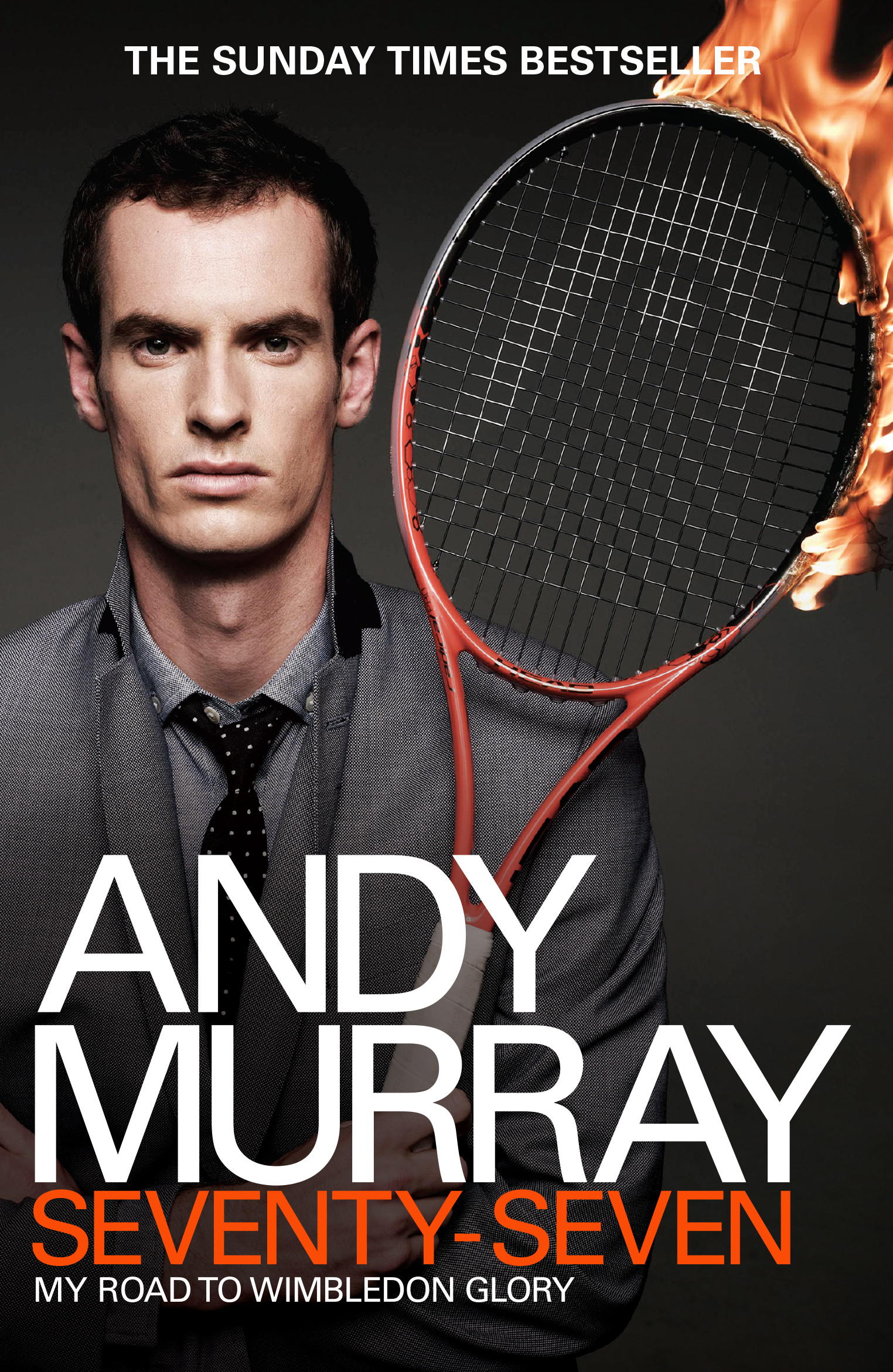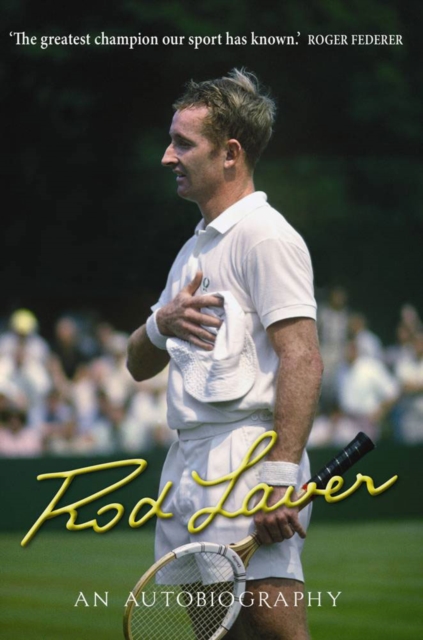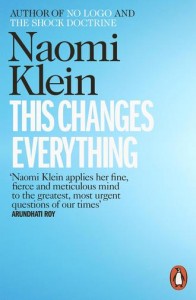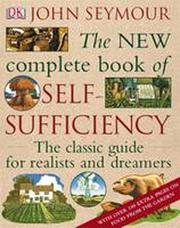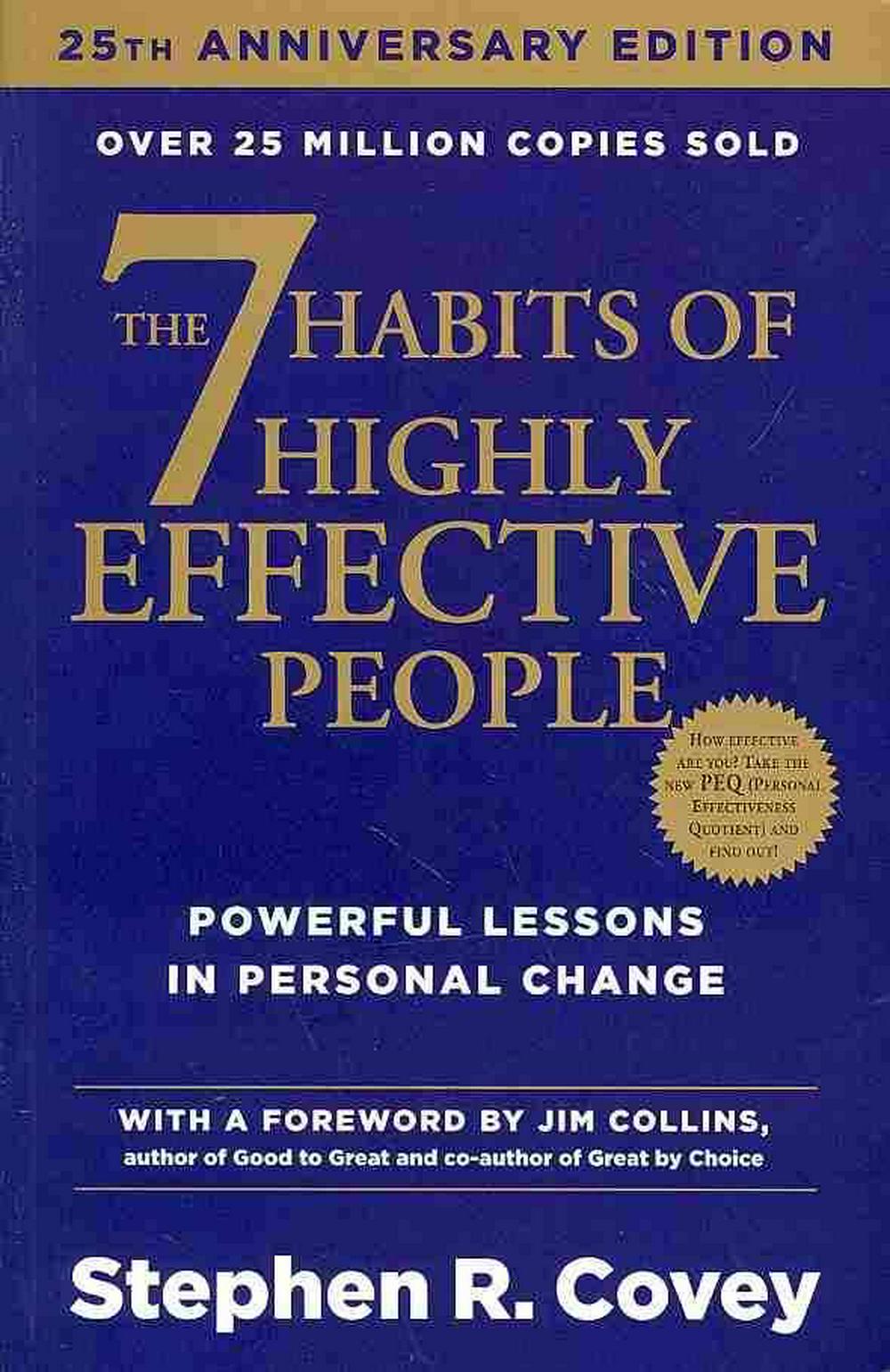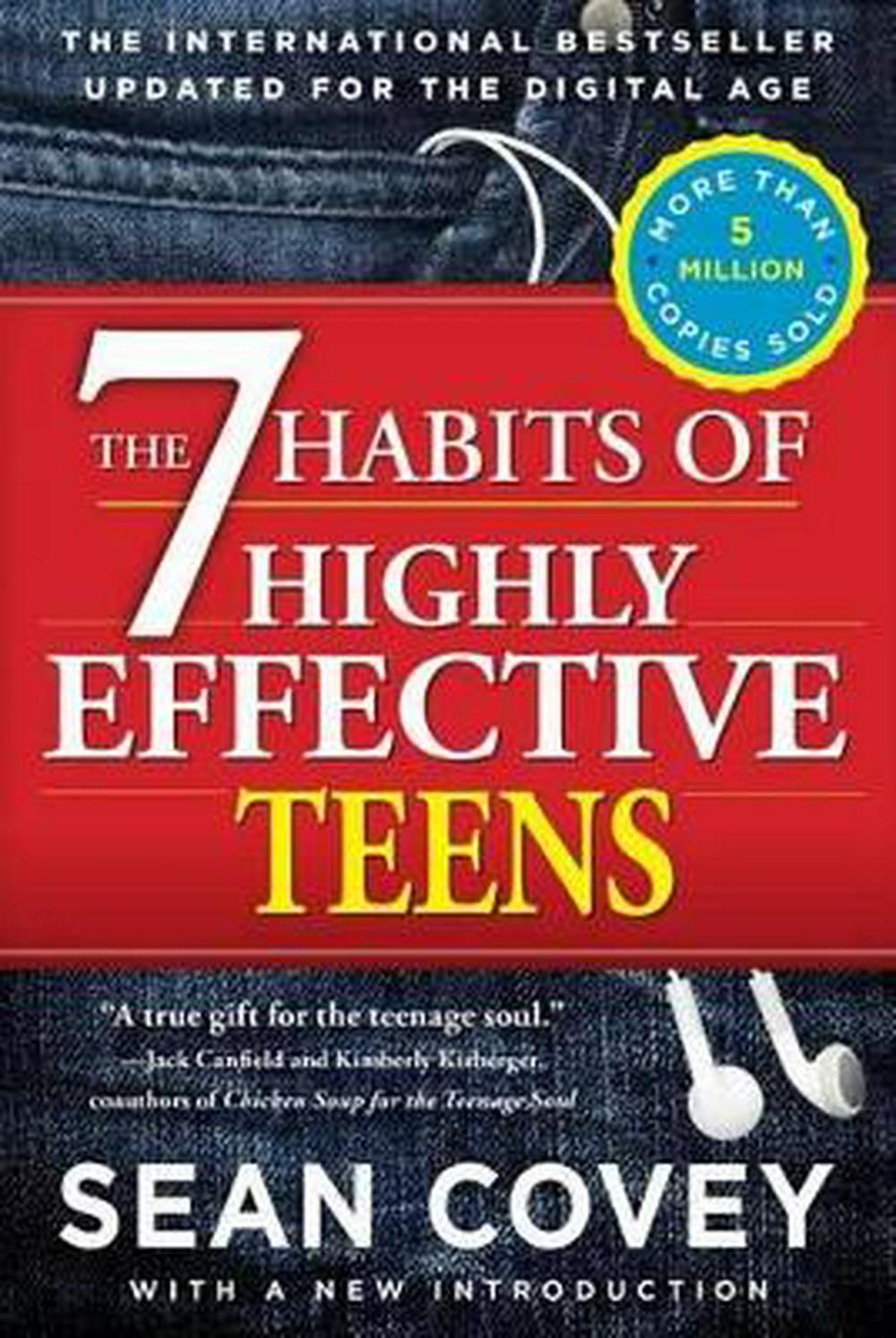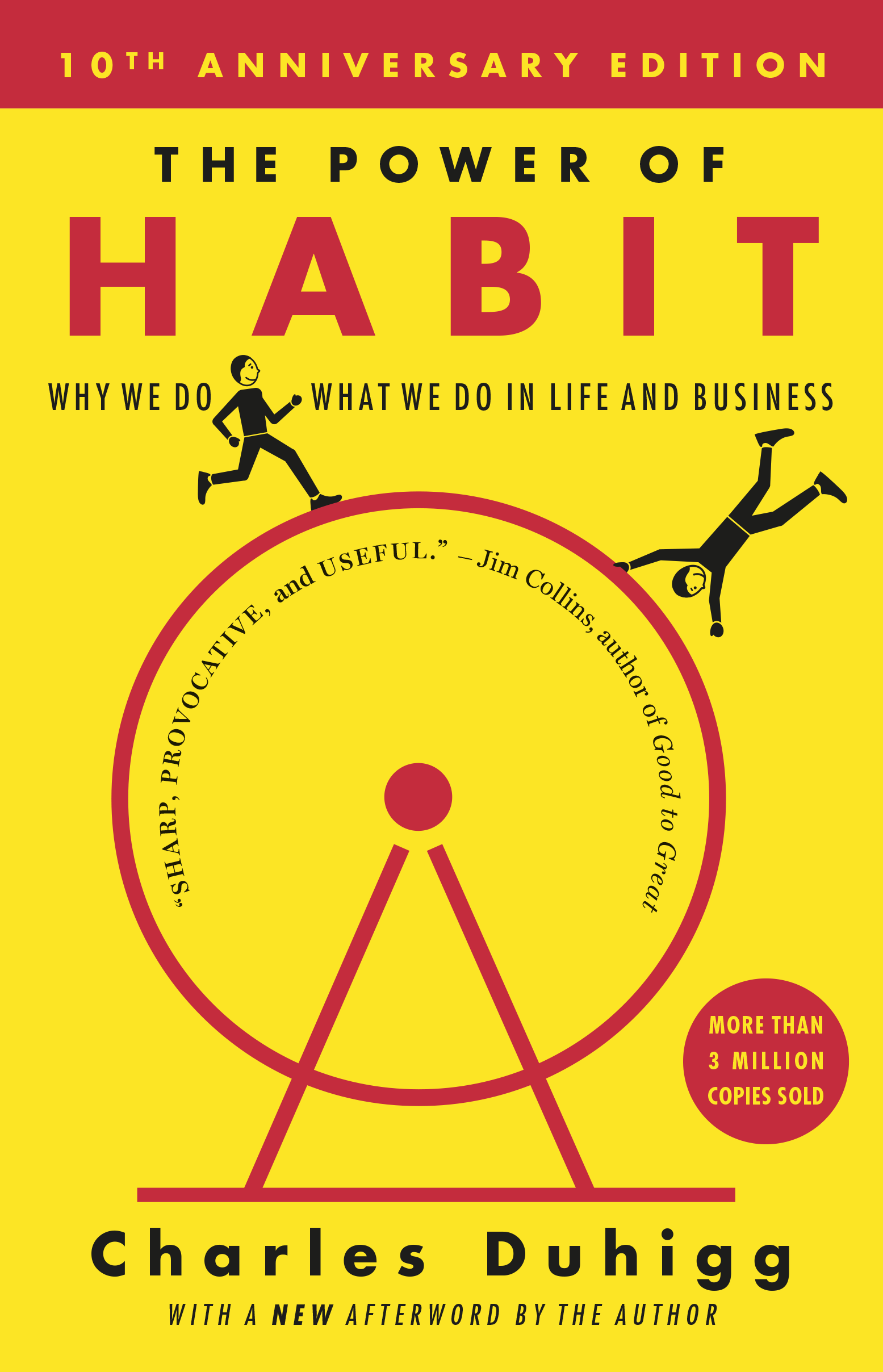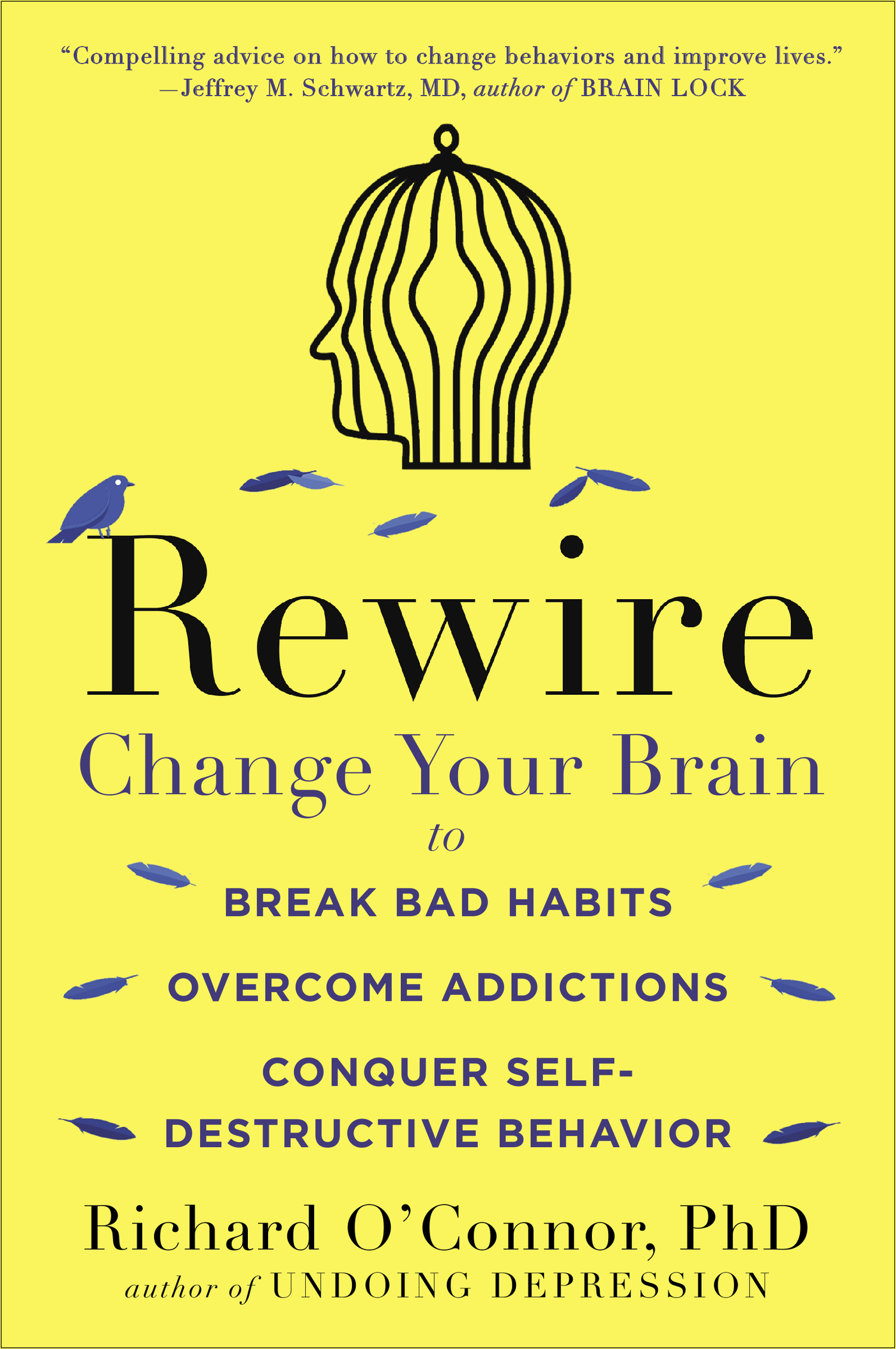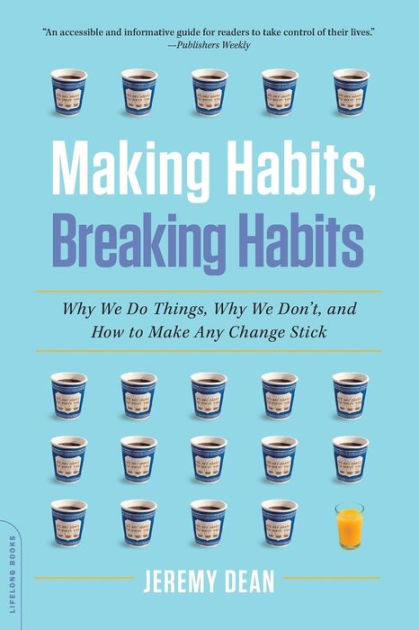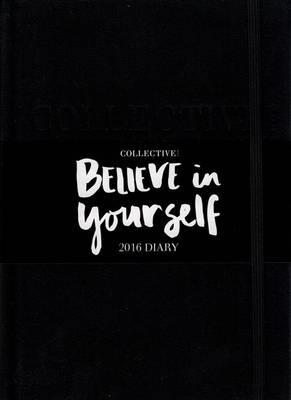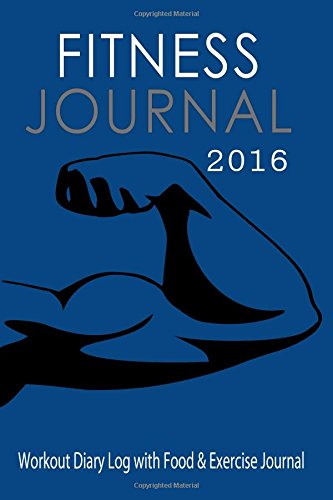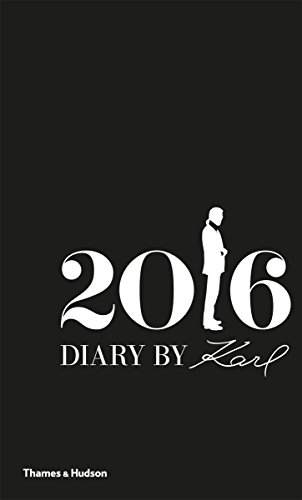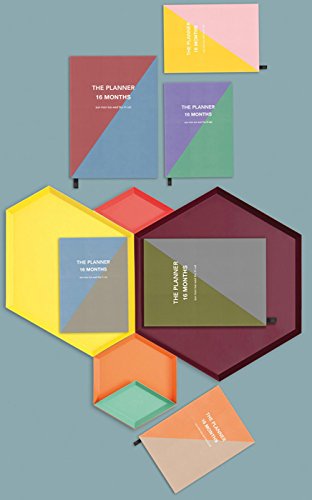Today is Australia Day, so I am showcasing a number of popular and highly-regarded Australian authors. I have continued the “inspirational” theme that Team Booko has adopted during January – not only are these books interesting and entertaining, some of them are inspirational too, with authors such has Stephanie Alexander, Dr Anita Heiss and Dr Karl Kruszelnicki literally changing lives through their advocacy work.
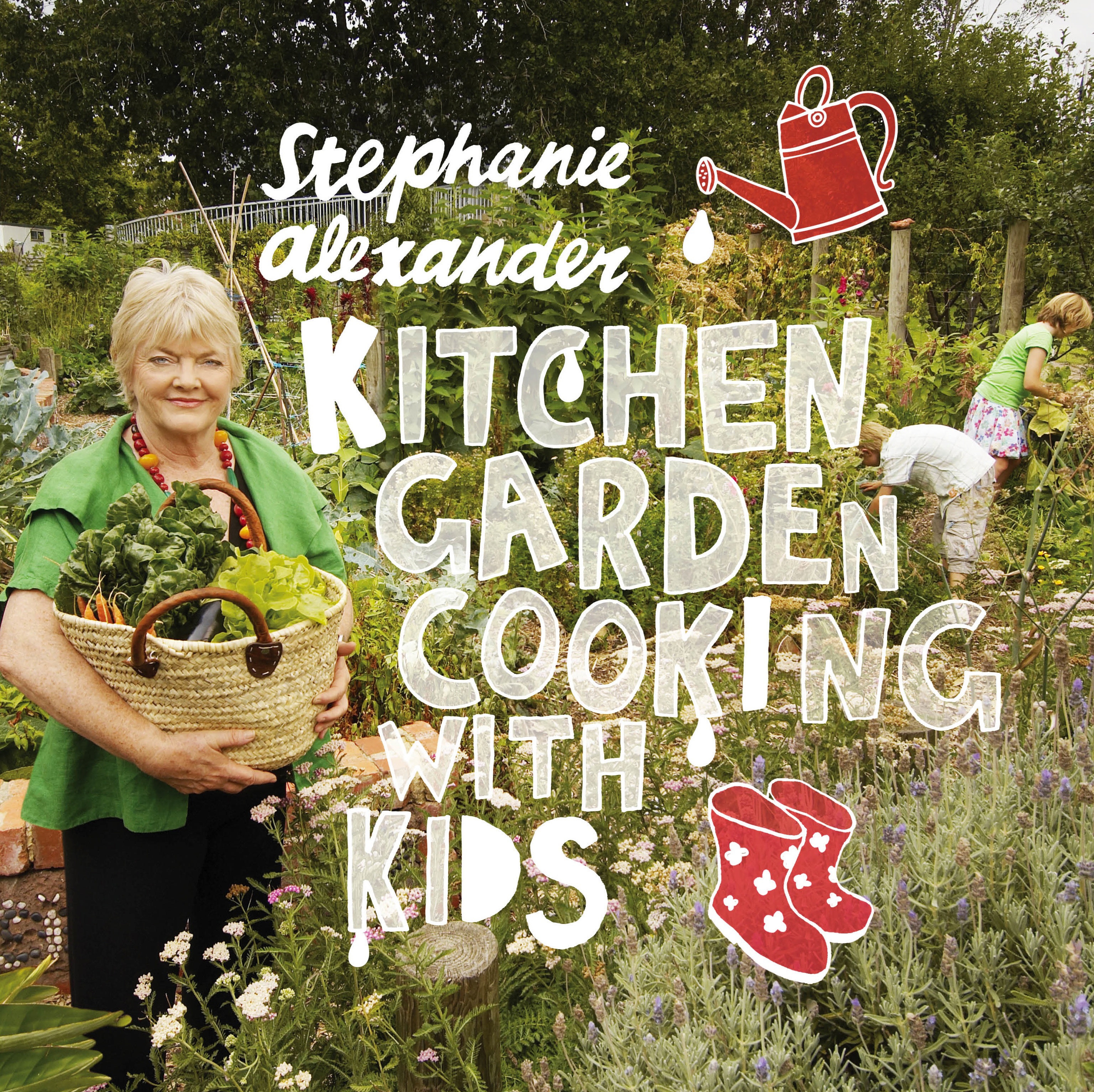 Kitchen Garden Cooking with Kids (Second Edition) by Stephanie Alexander
Kitchen Garden Cooking with Kids (Second Edition) by Stephanie Alexander
Stephanie Alexander is a renowned chef; however, her greatest contribution to Australia may be her Kitchen Garden Program. From its beginnings in one inner-suburban school, Stephanie’s dedication has inspired hundreds of kitchen gardens to be set up in schools across Australia, teaching children about gardening, cooking and healthy eating. Jamie Oliver, another crusader for healthy eating, is a big fan of this work. Kitchen Garden Cooking with Kids is both a guide to planning and setting up your own school kitchen garden, as well as a collection of 120 favourite recipes from the program. These recipes introduce a variety of cooking styles, flavours and ingredients, and are designed specifically for use by children.
 True History of the Kelly Gang by Peter Carey
True History of the Kelly Gang by Peter Carey
An internationally-recognised Australian author channels an iconic Australian character. The result is surprising and compulsively readable. True History of the Kelly Gang purports to be Ned Kelly’s autobiography – from his childhood to his last siege at Glenrowan. Inspired by Ned Kelly’s own writing – the remarkable Jerilderie Letter – Peter Carey has given Ned a vivid voice that is candid, defiant, sensitive and intelligent. This version of the Ned Kelly story invites us to see his actions as the consequence of the poverty and bigotry faced by the (Irish Catholic) poor in colonial Australia. Winner of the Booker Prize and Commonwealth Writers Prize, this new edition features a distinctive cover by Michael Leunig, making it a triple-treat of Australianness.
 My Brilliant Career by Miles Franklin
My Brilliant Career by Miles Franklin
My Brilliant Career – both the original novel and its 1979 film adaptation – are important to Australian cultural history. Published in 1901, this story of a sassy, headstrong girl who relinquished romance and marriage for a writing career, was ground-breaking for its strong feminist message and its distinctive Australianess; its success became all the more sensational when “Miles Franklin” was revealed to be young and female. The film version (1979) introduced the novel to a new generation – when its feminist message resonated strongly with the concerns of the day; it also alerted us to the emerging talents of director Gillian Armstrong, and actors Judy Davis and Sam Neill – all of whom have gone on to have truly Brilliant Careers. Last but not least, Miles Franklin became a lifelong supporter and promoter of Australian literature – culminating in her endowment of the Miles Franklin award, now the most prestigious literary prize in Australia.
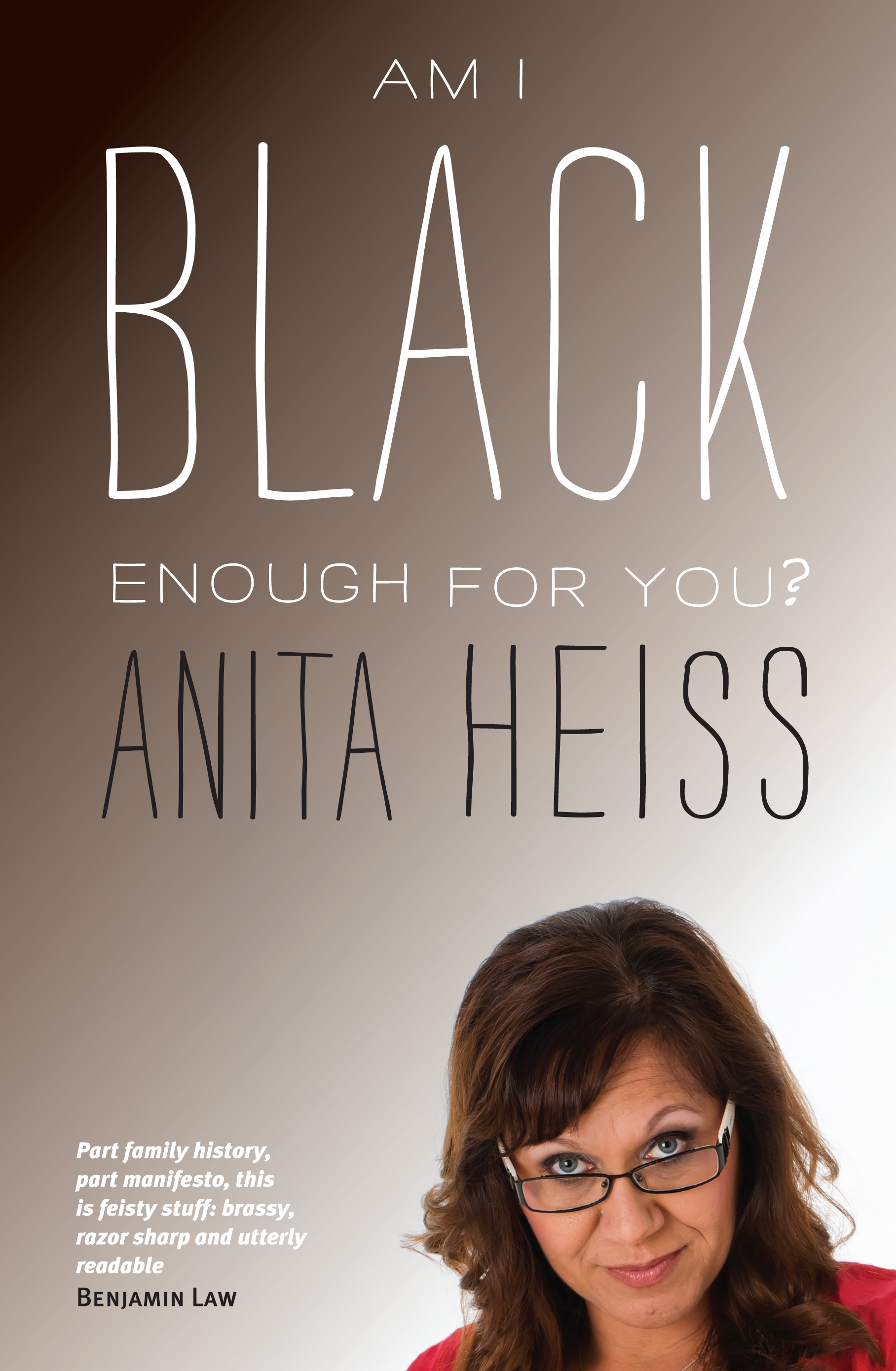 Am I Black Enough for You? by Anita Heiss
Am I Black Enough for You? by Anita Heiss
Anita Heiss is an author, academic, activist and social commentator who explores and explains contemporary Aboriginal life in Australia. Am I Black Enough for You? is her very personal memoir; it is also the starting point for questioning what it means to be Aboriginal in modern Australia. As a self-described “urban-based high achieving Aboriginal woman” with an Austrian father, Anita Heiss realises that she is not the sort of Aboriginal person that many would expect or want her to be. So what constitutes “black enough”, and why should it matter? Told in a feisty, wry voice, Am I Black Enough for You? is a Winner of the Victorian Premier’s Literary Awards.
Dr Karl’s Short Back and Science by Dr Karl Kruszelnicki
Adam Spencer’s World of Numbers by Adam Spencer
Australia’s favourite science communicators are back with new books! Dr Karl and Adam Spencer have been entertaining and educating us with amazing and provoking facts, across just about any media you can think of – live shows, TV, radio, books and Internet. Not only are they very witty, but they know their stuff! (Dr Karl is a qualified doctor/ physicist/ biomedical engineer, while Adam is a trained mathematician.) In Dr Karl’s Short Back and Science, Dr Karl Kruszelnicki shares his sense of wonder about cutting-edge science, ponders over conundrums such as “what do clouds weigh?” and investigates the hype around coconut oil and paleo diets – all wrapped up in his inimitable storytelling.
While Adam Spencer’s World of Numbers is jam-packed with cool number facts from every area of knowledge imaginable – not just maths and the sciences, but also from geography, history, games, poetry, even sport (and chocolate as well). Even the page numbers are used to illustrate fun facts!
Growing Up Asian in Australia, edited by Alice Pung
Coming of Age: Growing up Muslim in Australia, edited by Demet Divaroren and Amra Pajalic
Growing Up Asian in Australia and Coming of Age: Growing Up Muslim in Australia deliver exactly as promised – personal stories about growing up as Asian-Australians and Muslim-Australians. Growing Up Asian in Australia is edited by Alice Pung (herself an increasingly-prominent writer on Asian-Australian experiences), with contributions from people across generations and occupations. Big names include John So (former Lord Mayor of Melbourne), Benjamin Law (author of The Family Law) and Kylie Kwong (chef). As a fellow Asian-Australian, I found these stories tragicomic and joyously (but sometimes painfully) familiar. Coming of Age: Growing Up Muslim in Australia offers twelve stories that reflect on gender, body image, romance, faith and families; again the contributors span a range of ages and occupations, and include Randa Abdel-Fattah (YA author) and Tanveer Ahmed (psychiatrist). Both these titles show that, regardless of your skin colour (or the contents of your lunchbox), we share many similar feelings growing up – including the desire to fit in, to be considered more than a stereotype, and to be loved and accepted for who we are.
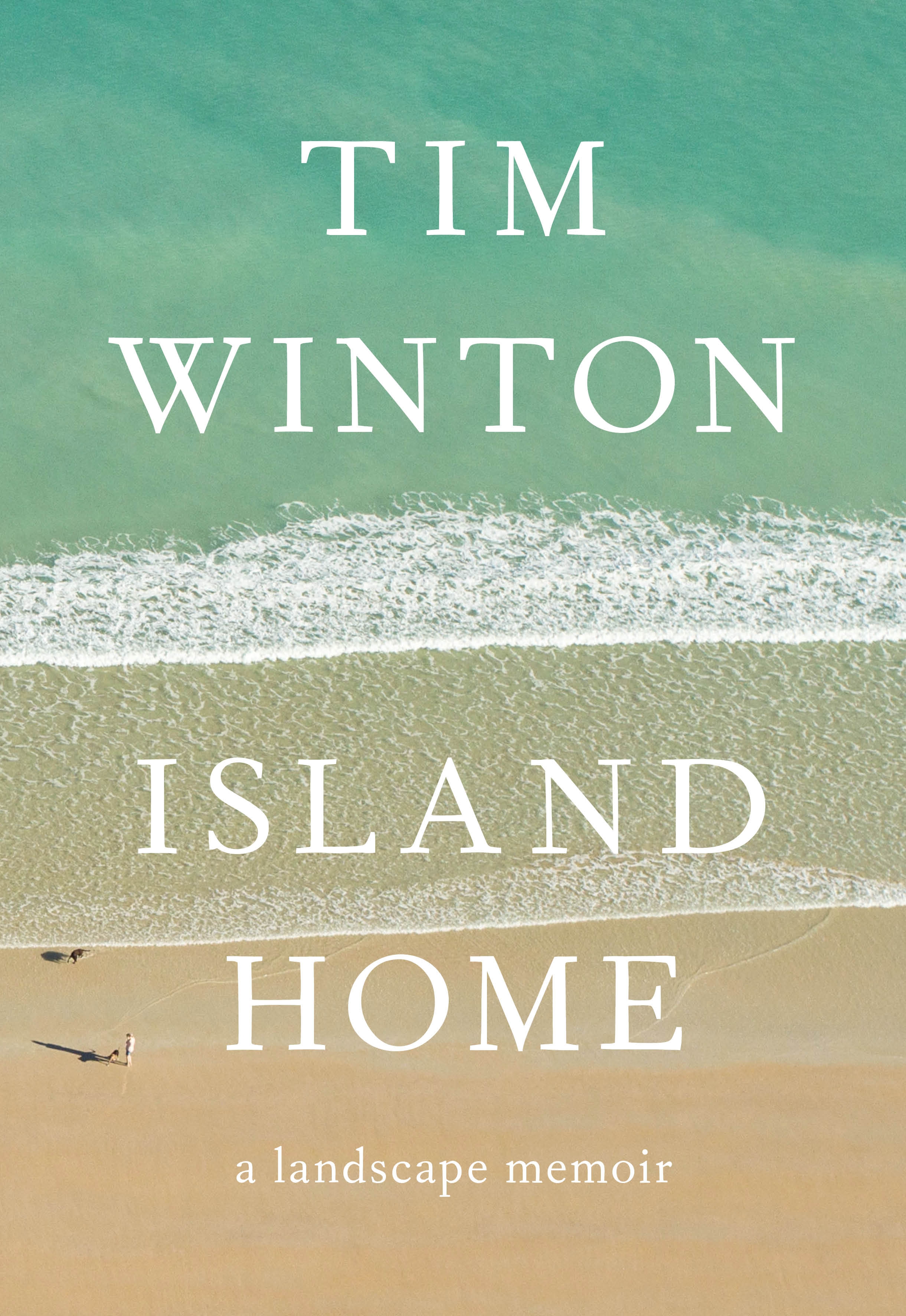 Island Home by Tim Winton
Island Home by Tim Winton
Tim Winton is best known for his novels – titles such as Cloudstreet and Dirt Music appear regularly in “Best of” lists. However, his latest book shows that his non-fiction is just as evocative and beguiling. Island Home is a meditation on how the Australian landscape has shaped his ideas, his writing and his life. Tim Winton paints various landscapes – coast, sea, scrub – with loving words; his epiphany about the depth of his connection to the Australian environment came when he failed to connect similarly to landscapes abroad. He further suggests that the Australian landscape shapes the psyche of her people, more so than they realise. Island Home also offers fascinating insights into his writer’s craft.
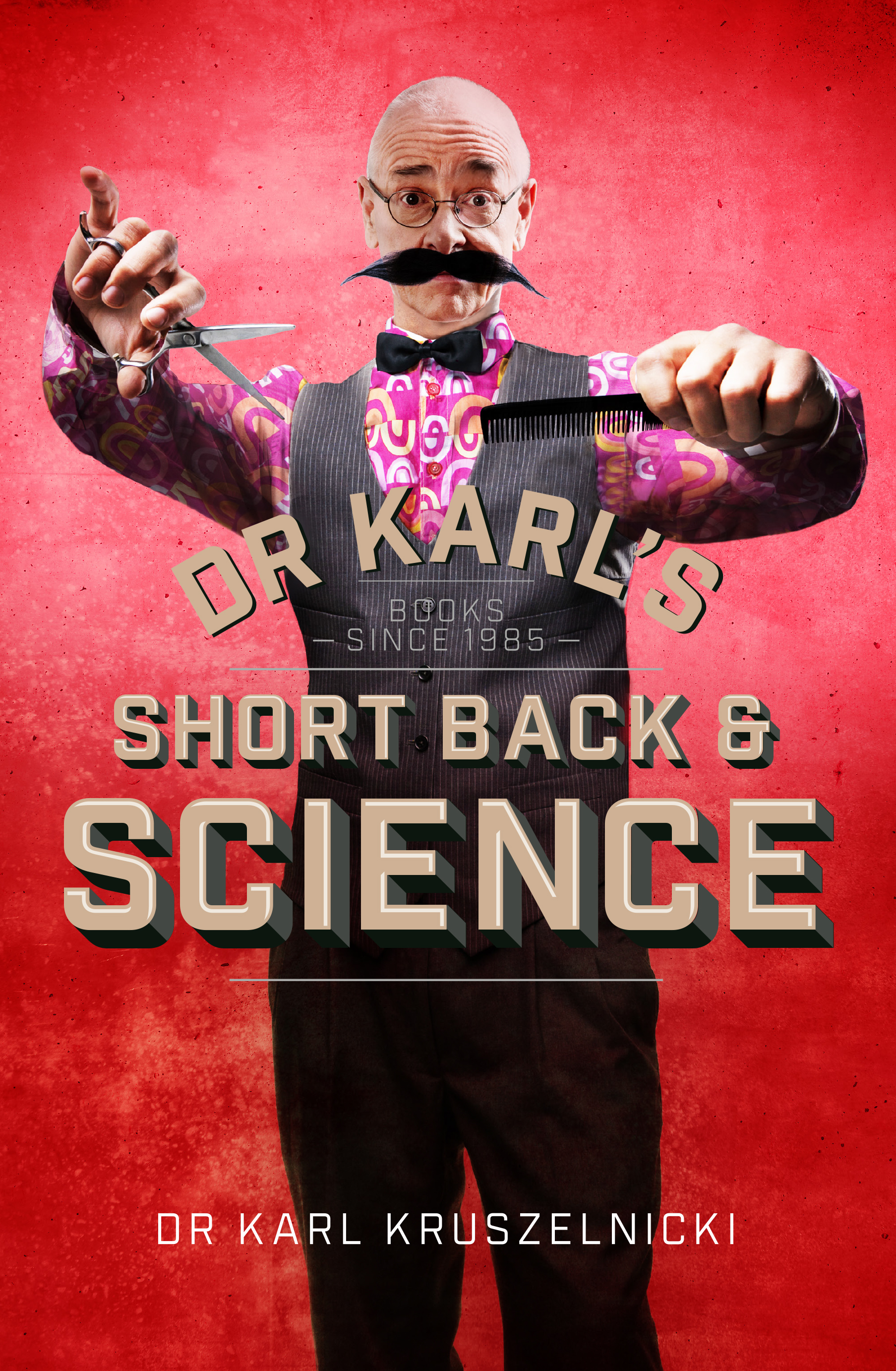

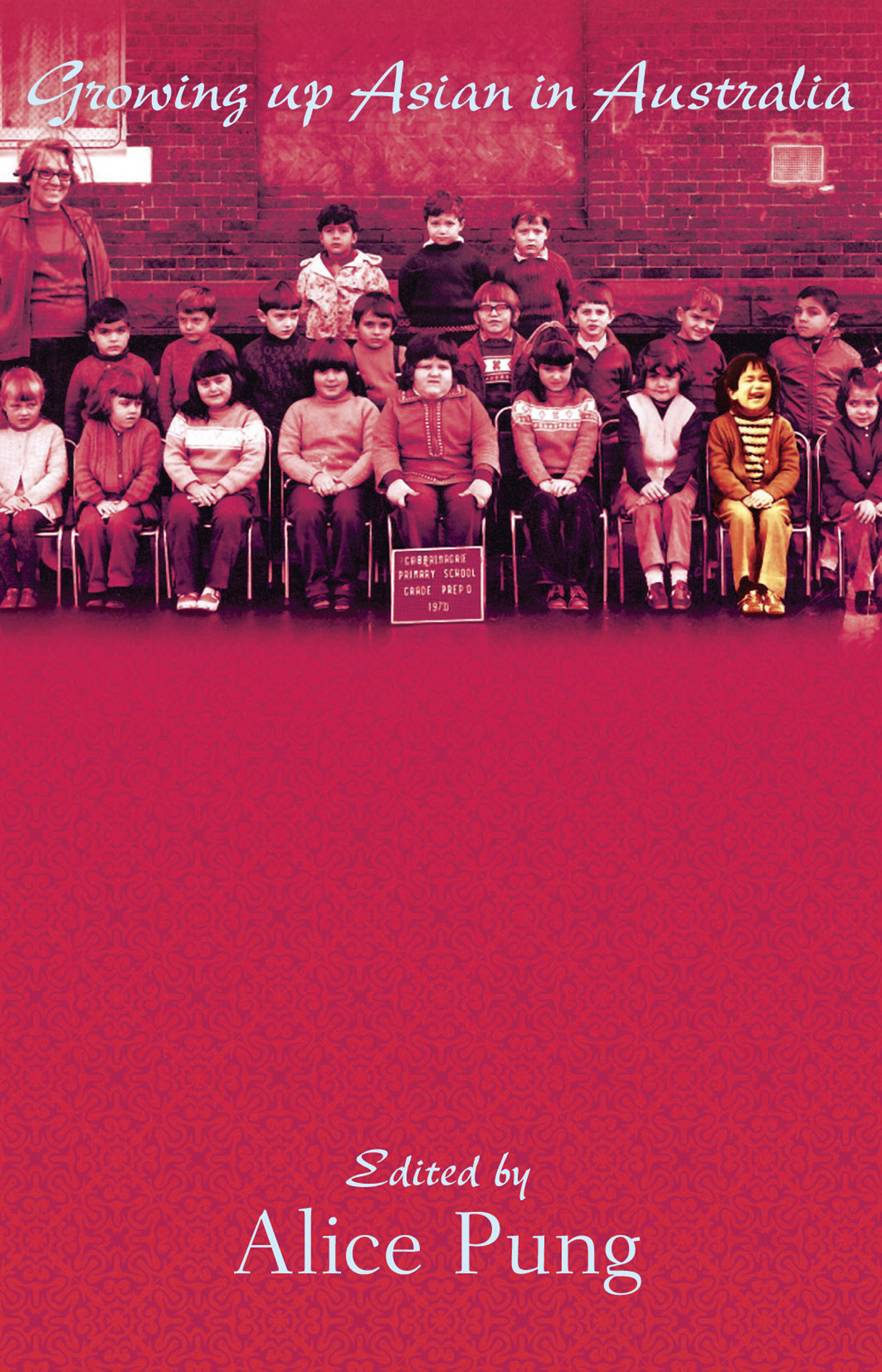

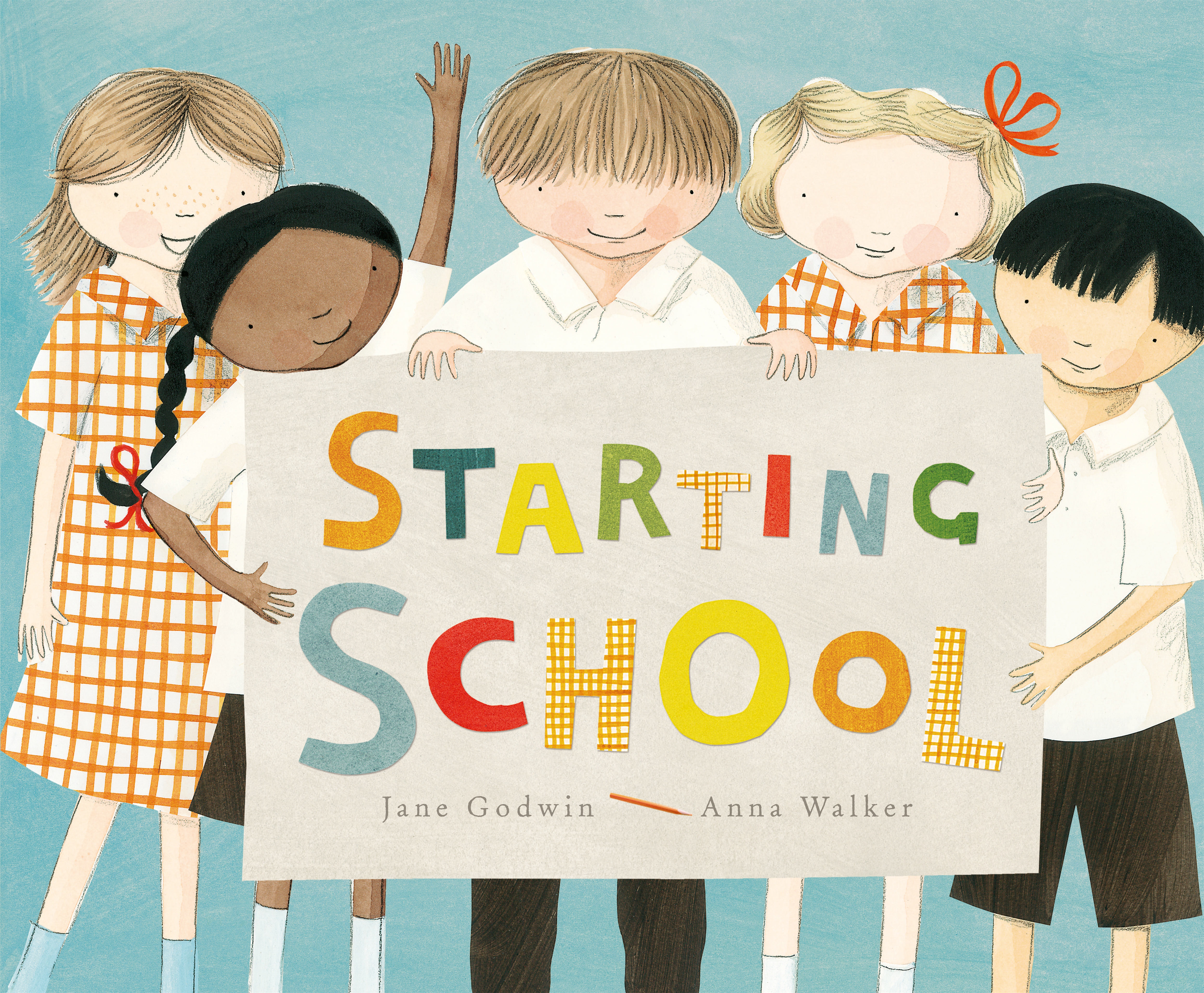

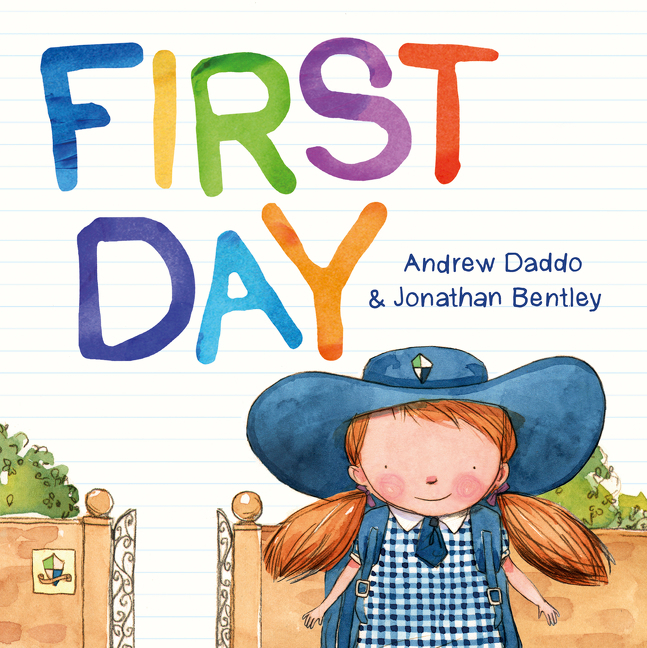 First Day
First Day
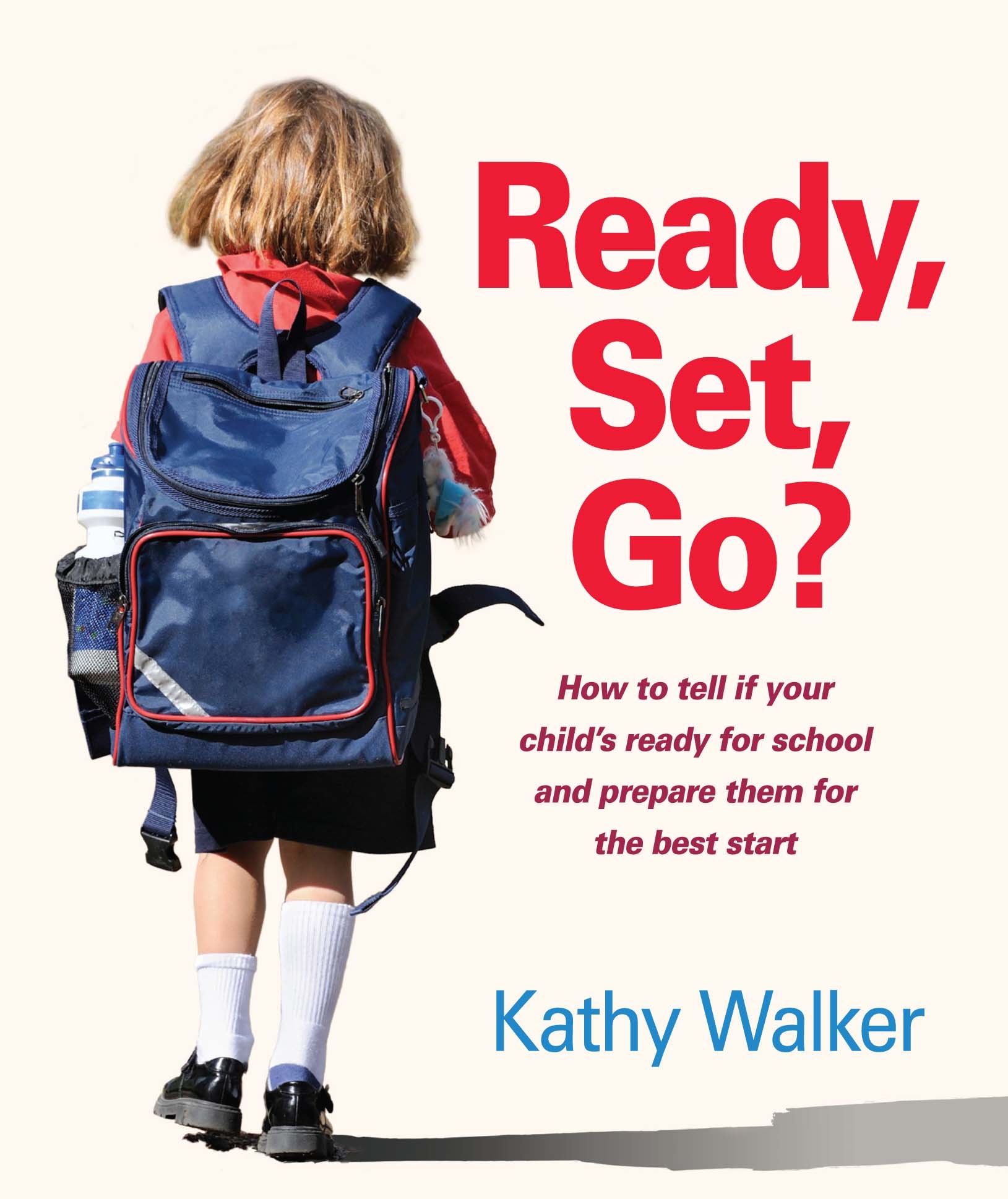

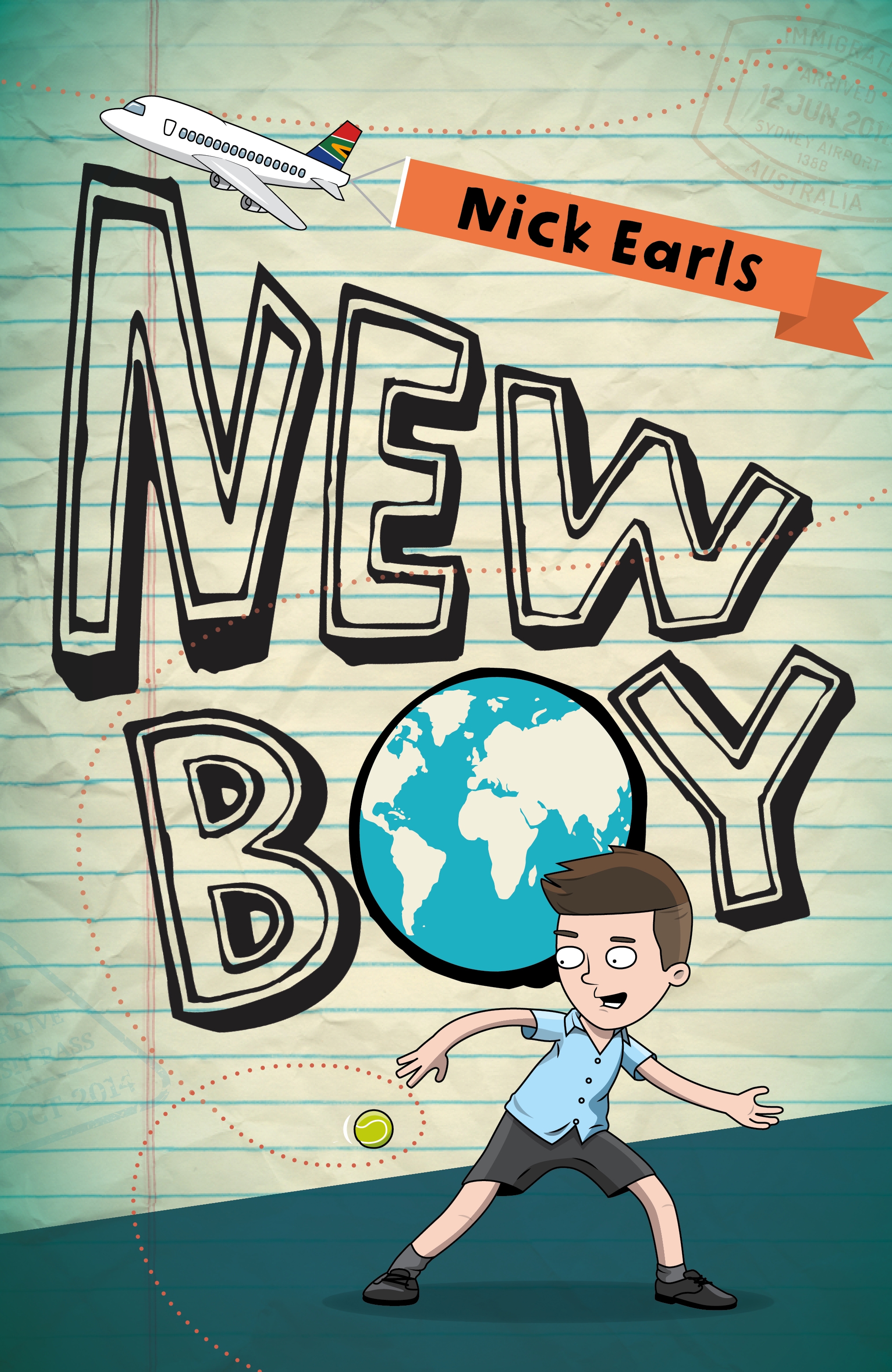
 Pea’s Book of Best Friends
Pea’s Book of Best Friends